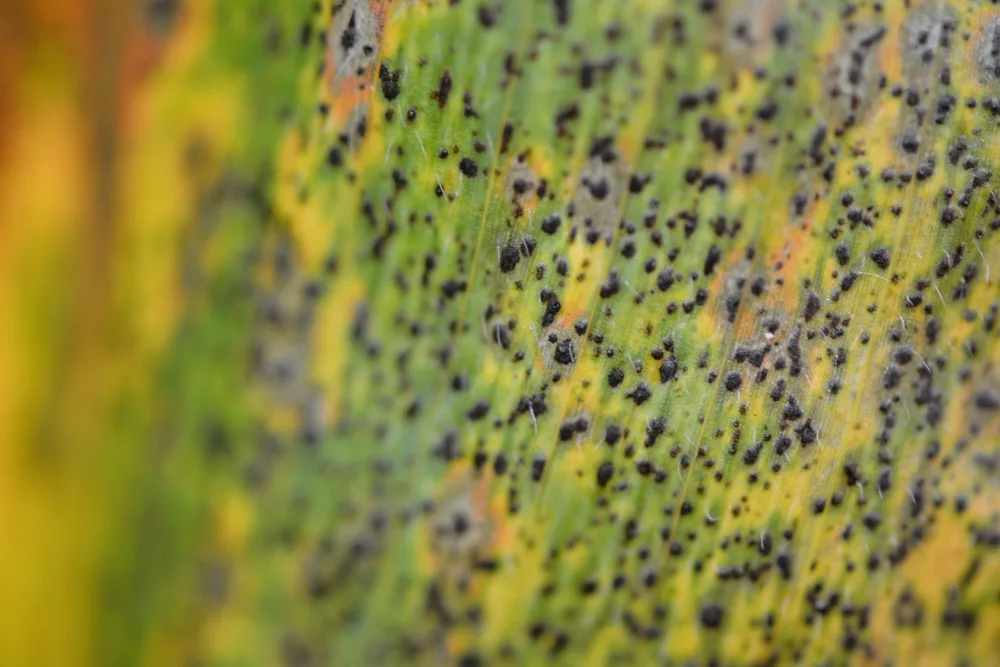Your browser doesn’t support HTML5 audio
A corn yield of 207 bushels per acre is what USDA is projecting for Indiana this year. Northwest Indiana is going to struggle to hit that mark.
“Time will tell,” says Jeff Lakin, technical agronomist for Channel Seeds. “We’ve still got about five or six weeks here before we get to harvest and a lot of the corn is just starting to dent, so we can still put a lot of test weight, a lot of grain fill in, and a lot to be told yet, but I think the 207 for Northwest Indiana is going to be pretty tough.”
In a Channel Seeds growing season update, he tells HAT the problems with the crop north of Rensselaer started with later planting dates.
“We planted a lot of corn in late May and early June even,” he explained. “We had some stand issues in some places, and we had a big rain early in July, about 6 to 12 inches across part of my territory the first two weeks of July, and then it shut off. We were really getting dry there at the end of July, the first part of August. We really started to see a lot of heat stress and drought stress across some of Northern Jasper and Newton counties and into Lake and Porter counties somewhat. Really, it was starting to take a toll on that crop. For the most part, a lot of my territory the corn looks really good. You get south of Rensselaer and go east and the crop looks fantastic.”
Lakin says the northern Indiana soybean crop is as good as advertised, but there were also problems in July.
“You move into some of these pockets up here north of me at Rensselaer where we had that heavy rain, the beans took a toll in July. We had a lot of yellowing in the beans, some ponding. We got some holes in some of the beans, but they’re coming along now and they really do look pretty good for the most part. I think there will be some variability in them as well, but we have a lot of time on the soybeans yet. We’ve got a long way to go on some of these.”
He does want farmers to continue scouting with soybean aphids and tar spot prevalent. In late planted corn fields, some farmers are still considering a late season fungicide application.
Hear more in the full HAT and Channel Seeds growing season update:
Your browser doesn’t support HTML5 audio

